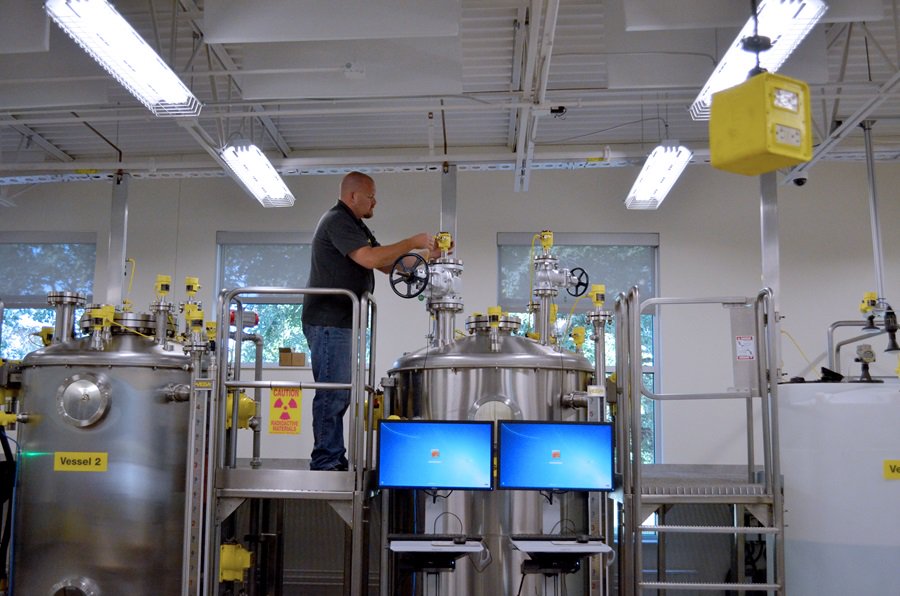Ball Valves, Gate Valves, and 80 GHz Radar: What We've Learned
Last summer, I had the chance to do something I wish I had more time to do: experiment. I, along with members of our field service group, spent a couple days in our on-site lab, testing the performance of the VEGAPULS 64 80 GHz radar sensor for liquid level measurement when mounted on ball valves and gate valves.
Reports from the field inspire action in the lab
To reflect the realities of the field, we tested the VEGAPULS 64 with the four most commonly-used valve sizes. In each case, an empty vessel was filled and emptied again. The sensors used stainless steel process connections and we verified measurements at empty, half-full, and full. As a point of comparison, we also recorded level measurements using sensors with identical process connections but no isolation valve.
Test Results
Why Do Users Isolate?
Ball valves and gate valves contain many interior surfaces that reflect radar signals and all of these reflections make it difficult to discern which signals are from the valve and which are from the product. This confusion forces users to turn to instrumentation manufacturers for help servicing the product or assistance selecting a special-order valve. This is not the ideal use of time for facility personnel.
What Do Our Findings Mean for Users?
The 80 GHz transmission frequency of the VEGAPULS 64 erases the difficulty previously experienced by plant personnel hoping to use a ball valve or gate valve to isolate a level sensor from the process liquid. The high-frequency instrument emits a radar beam as narrow as 3° depending on selected antenna, so fewer signals are reflected by a valve’s interior. This minimized noise creates a clear picture of the level inside a tank without installing a special-ordered valve.
Users can now isolate all of their liquid tanks with a ball valve or gate vale and use 80 GHz radar for liquid level measurement. The superior focus of the sensor empowers users to install an accurate radar sensor for liquid level without sacrificing signal clarity. Even low-DK product can be measured through a ball valve or gate valve with an 80 GHz radar that features large dynamic range, like the VEGAPULS 64.
This is potentially a significant breakthrough for operators who regularly work with reactors, acid tanks, and spheres storing hazardous liquids where valves are common and media is difficult. It is easy to imagine a future where all users separate the volatile liquids in their storage tanks and reactors with a ball valve or gate valve and measure level with an 80 GHz radar sensor. Watch this video to see how the VEGAPULS 64 performs on a ball valve
Export this article
Download as PDFShare this article
Comments ({{comments.length}})
{{getCommentAuthor(comment, "Anonymous")}} {{comment.timestamp | date : "dd.MM.yyyy HH:mm" }}
{{comment.comment}}






